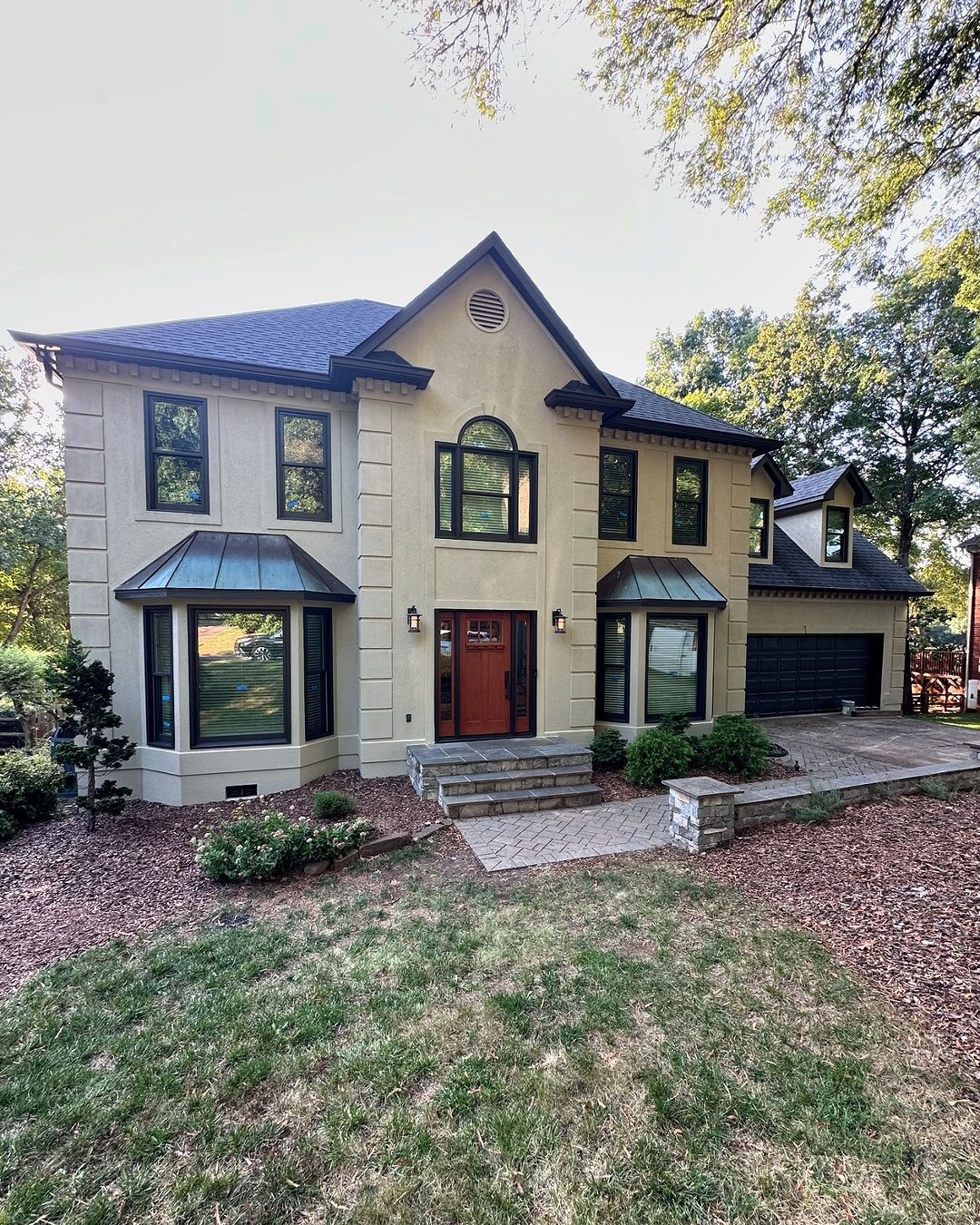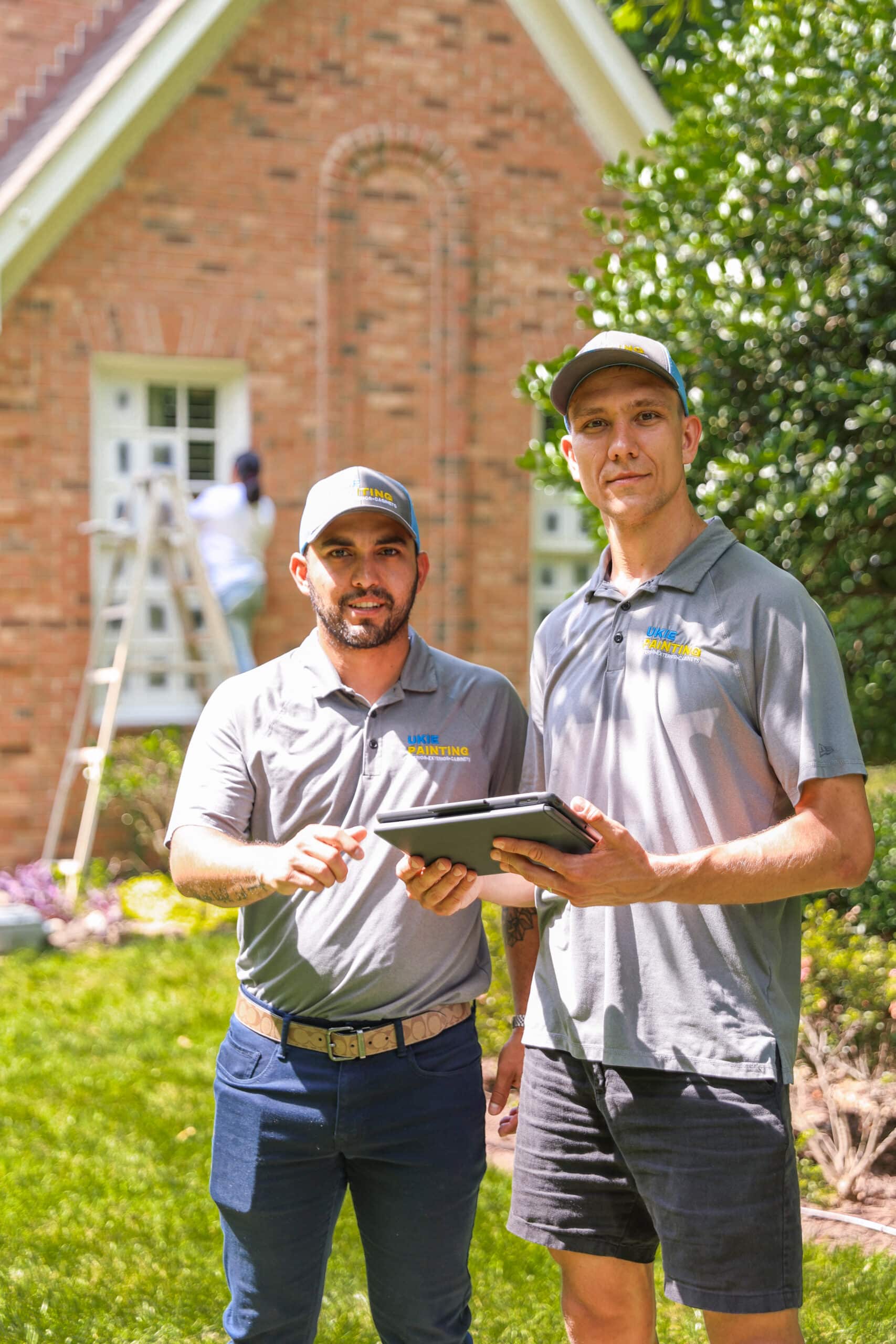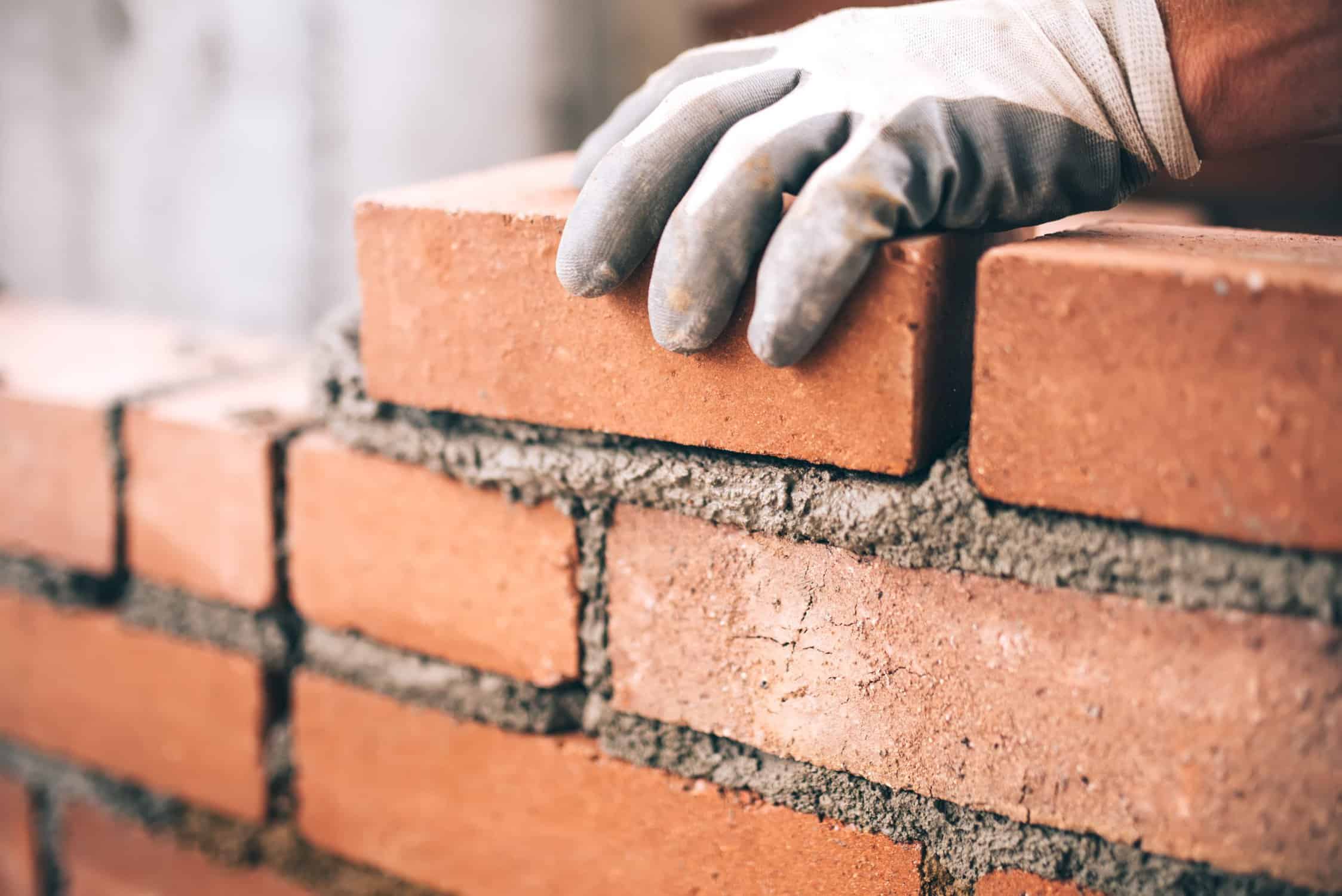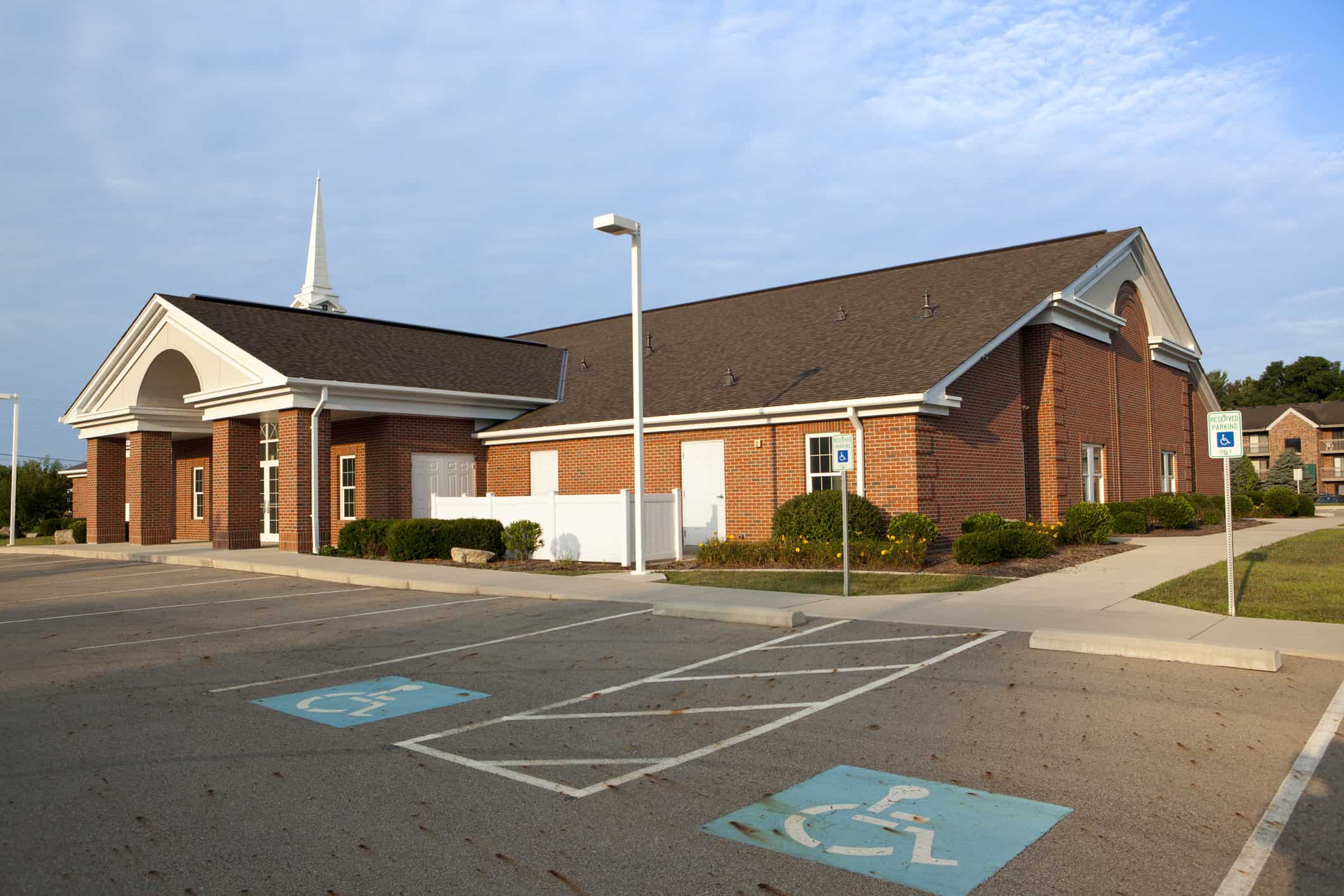Brick and stone are more than just building materials—they’re visual statements. In commercial buildings, these facades communicate strength, heritage, and value. But even the most beautiful masonry won’t withstand time, pollution, or vandalism without help. Weathering, water penetration, biological growth, and graffiti slowly erode both structural integrity and curb appeal. Fortunately, advances in clear coating technology provide an invisible defense—one that prevents decay without altering architectural aesthetics.
This blog outlines the science behind clear coatings, evaluates product types, explains application techniques, and helps building stakeholders choose the right solution based on their structure’s material, climate, and usage.
If you own or manage a commercial property with a stone or brick façade, understanding how clear coatings work can extend your building’s life, minimize repair costs, and protect your asset for decades.
The Science of Masonry Deterioration
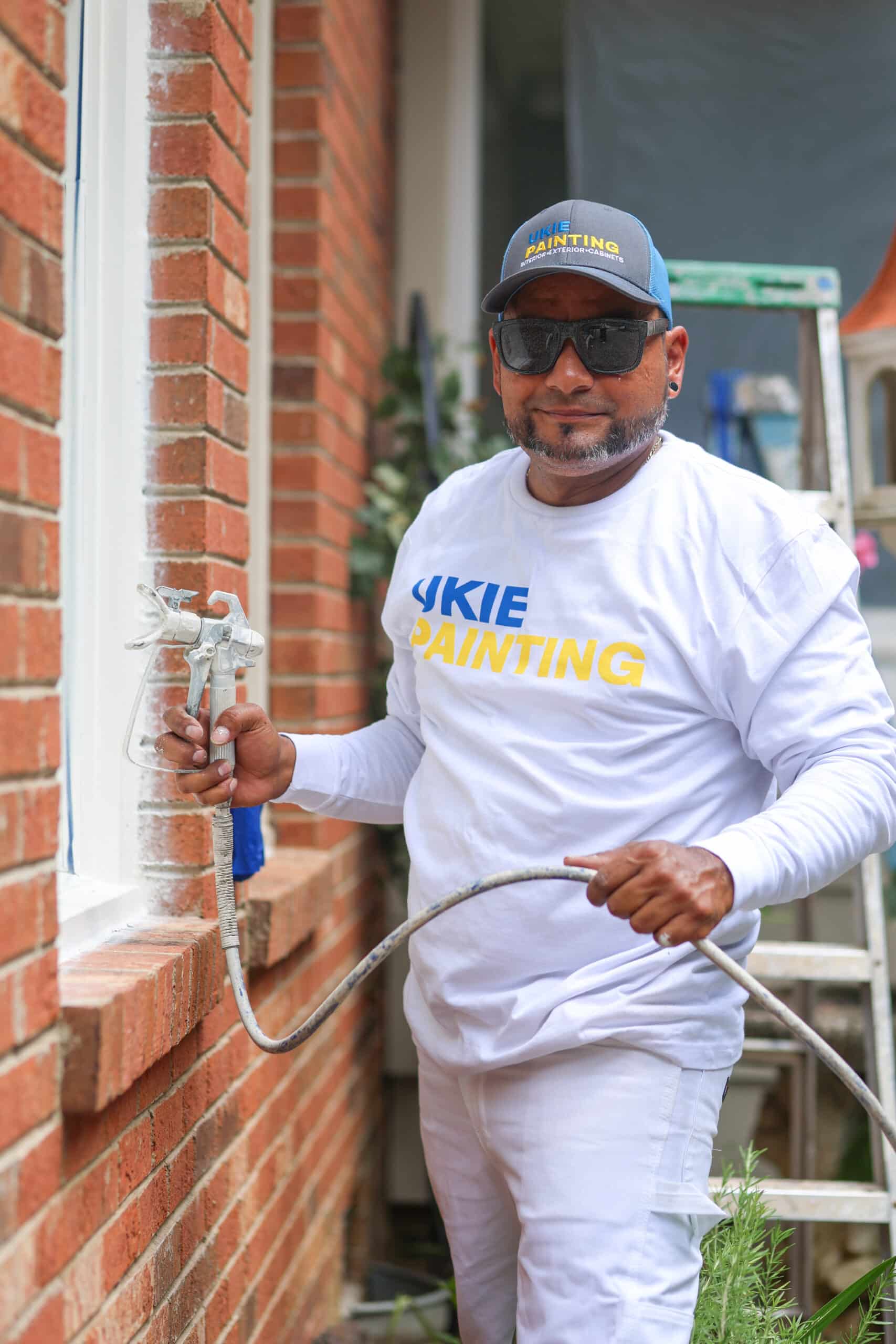
The Role of Porosity in Brick and Stone
Brick and most natural stones (limestone, sandstone, granite) are inherently porous. Their capillary structure absorbs water vapor and liquid moisture from rain, humidity, and condensation. This porosity allows trapped water to infiltrate deep within the substrate. Over time, absorbed water accelerates chemical reactions within the masonry, such as dissolution of lime in mortars or freeze-thaw cycling that causes cracking and spalling.
Clay-fired bricks, though dense, still exhibit pore sizes between 0.01 to 1.0 microns. These fine capillaries act like sponges—capable of retaining up to 20% of the brick’s weight in water. Stones like limestone or sandstone can retain even more, especially if their surfaces have become roughened or cracked over time.
Weathering, Efflorescence, and Chemical Attack
When water evaporates from a wall, it often leaves behind salt residues, a phenomenon known as efflorescence. These salts originate from soluble compounds in the mortar, bricks, or surrounding soils. Efflorescence is not just a cosmetic issue—it signals that water is actively moving through the façade. Over time, these salts crystallize within the pores of the masonry, expanding and causing subflorescence—where pressure inside the brick leads to scaling and surface disintegration.
Additionally, acid rain and air pollutants react with the calcium carbonate content of many stones and mortars. Sulfation, the formation of gypsum (CaSO₄·2H₂O) from sulfur dioxide and calcium, can degrade surfaces and create a crust that traps additional moisture.
Freeze-Thaw Cycling
In colder climates, freeze-thaw damage is a leading cause of façade degradation. When water infiltrates the masonry and freezes, it expands approximately 9% in volume. This expansion generates internal pressure that fractures bricks and causes delamination or “spalling” of the stone surface. These fractures widen with each cycle, allowing more water ingress and accelerating the failure.
Biological Colonization
Masonry located in shaded, damp, or poorly ventilated environments is especially prone to biological growth. Moss, algae, and mold thrive in wet microclimates and can degrade stone chemically and mechanically. Microbial acids produced by biological organisms—such as oxalic or citric acid—interact with minerals in the masonry, leading to surface etching and discoloration. Even more, roots and hyphae of mosses and molds penetrate microscopic fissures, enlarging cracks and harboring more moisture.
Understanding Clear Coatings for Masonry
Basic Chemistry of Clear Coatings
Clear coatings for masonry fall into two primary categories: penetrating sealers and film-forming coatings.
-
Penetrating Sealers, such as silanes and siloxanes, chemically bond with silica within the masonry substrate. These molecules form hydrophobic layers deep within the pores without creating a visible film. Their molecular structure repels liquid water but allows water vapor to pass through—this is known as “breathability” or vapor permeability.
-
Film-Forming Clear Coatings, such as acrylics, urethanes, and epoxies, form a continuous polymeric film on the surface of the masonry. This barrier protects against water, chemicals, oils, and graffiti, while often imparting a sheen (satin, gloss, or matte). These systems are less permeable, and when applied improperly, may trap moisture beneath the surface.
The key distinction is that sealers alter the substrate chemistry, while clear coatings create a physical membrane. Choice depends on performance needs and substrate type.
Moisture Vapor Transmission (MVT)
Measured in perms (grains/hr·ft²·inHg), MVT indicates how much water vapor can pass through a material. For masonry to remain stable, a coating must allow interior moisture to escape while blocking liquid water from entering. Silane and siloxane sealers typically retain MVT values near the uncoated state (12–18 perms), while urethane coatings drop MVT to less than 1 perm—rendering them unsuitable for moisture-laden walls unless vapor retarders are in place internally.
UV and IR Reflectivity
UV degradation of stone and brick leads to chalking, fading, and brittleness. Clear coatings often include UV absorbers or stabilizers that intercept radiation before it penetrates the façade. In warmer climates, clear coatings with high solar reflectivity index (SRI) ratings are preferred. Acrylic coatings with titanium dioxide additives can reflect infrared energy, reducing heat absorption and thermal expansion stresses.
Technical Profiles of Common Clear Coatings
| Coating Type | Penetration Depth | MVT Rating | Typical Lifespan | Surface Sheen | Best Use Cases |
|---|---|---|---|---|---|
| Silane | 3–6 mm | 12–18 perms | 7–10 years | Invisible | Historic masonry, cold climates |
| Siloxane | 6–12 mm | 10–16 perms | 8–12 years | Matte to satin | Porous brick, exposed walls |
| Acrylic | Surface only | 1–4 perms | 3–5 years | Satin/Gloss | Retail fronts, graffiti zones |
| Urethane | Surface film | <1 perm | 7–10 years | Gloss | Mechanical areas, loading docks |
| Epoxy | Thick film | Vapor barrier | 10+ years | Gloss | Industrial walls, anti-graffiti applications |
The application temperature, number of coats, and drying times are critical. Most products specify ambient application ranges between 50°F and 90°F and require 24–72 hours for full cure depending on humidity and substrate saturation.
Proper Surface Preparation and Application
For a coating to perform as designed, the masonry substrate must be cleaned, repaired, and fully dried. This includes:
-
Pressure Washing: Typically done at 600–1,200 psi with a fan tip, ensuring the removal of dirt, soot, biological growth, and efflorescence. Over-pressurizing can etch the stone and must be avoided.
-
Biocidal Wash: Applied to kill mold, algae, and lichen before rinsing. Non-ionic, pH-neutral cleaners are preferred to avoid damaging mortar.
-
Efflorescence Removal: Mild acid or proprietary poultices may be required. Surfaces must then be neutralized and allowed to dry for 48–72 hours.
-
Crack and Mortar Repairs: Any open joints or substrate damage should be addressed using compatible lime or cementitious repair materials before coating.
Application is best done via airless sprayer using a low-pressure setting for even dispersion. Roller and brush touch-ups may follow for edges or intricate details. Many clear coatings require two coats “wet-on-wet” to ensure full saturation and performance.
Real-World Performance and Maintenance
Once applied, performance metrics can be evaluated through:
-
Water Bead Test: Droplets should bead on the surface after 6 months and again at 1 year to confirm effectiveness.
-
Infrared Thermography: Identifies retained moisture pockets or coating failure behind sealed surfaces.
-
Gloss and Sheen Monitoring: Surface reflectivity can be measured using gloss meters to determine wear over time.
Routine cleaning should use neutral pH soaps and soft bristle brushes. Power washing, abrasive pads, or acidic cleaners may compromise the coating. Graffiti can typically be removed with solvent cleaners on sacrificial or permanent anti-graffiti systems without damaging the underlying façade.
Economic and Operational Benefits
The long-term cost benefit of clear coatings lies in preventative maintenance. Without a protective treatment, façade restoration can cost $15–$40 per square foot. By contrast, high-quality clear coating applications generally cost $3–$8 per square foot—including labor—and last from 5 to 10 years depending on the system. Beyond savings, clear coatings contribute to:
-
Reduced frequency of cleaning and chemical use
-
Lower risk of structural water damage or mold growth
-
Extended life of architectural finishes
-
Preservation of property valuation and branding consistency
Insurance underwriters may also view façade protection favorably when underwriting commercial building policies.
Conclusion
Clear coatings are an investment in resilience. They represent a technically sound, economically efficient method to shield vulnerable masonry from water damage, pollution, graffiti, and thermal stress. When selected and applied correctly, these coatings can protect architectural features for a decade or more without altering their appearance. The right product not only blocks moisture or ultraviolet radiation—it also respects the need for breathability, substrate compatibility, and aesthetics.
For business owners, facility managers, and property stakeholders, coating your brick or stone façade is not just about curb appeal—it’s about asset protection, regulatory compliance, and sustainability. Neglect invites deterioration that compounds year over year, leading to avoidable repair costs and business disruptions.
Partnering with professionals who understand substrate science, material compatibility, and environmental demands ensures you get the right system and application.
Whether protecting a historic brick office building or a modern retail stone façade, clear coatings are a smart, proactive measure—one that pays dividends in durability, performance, and peace of mind.

